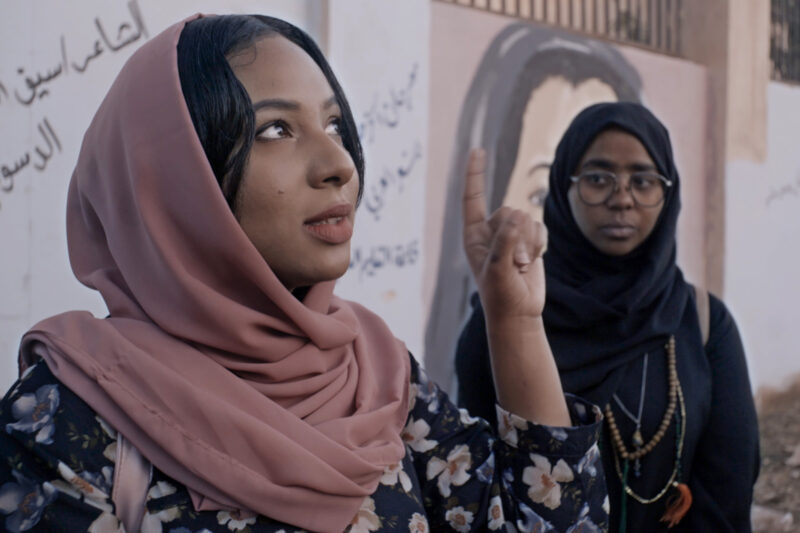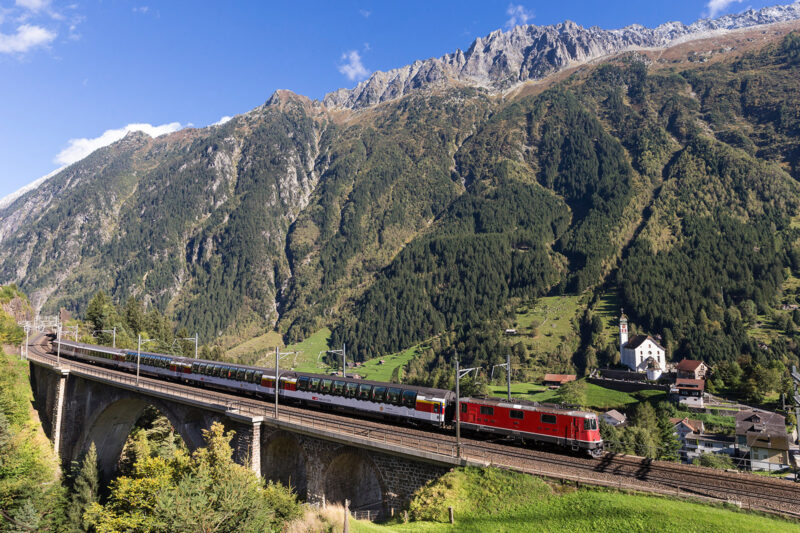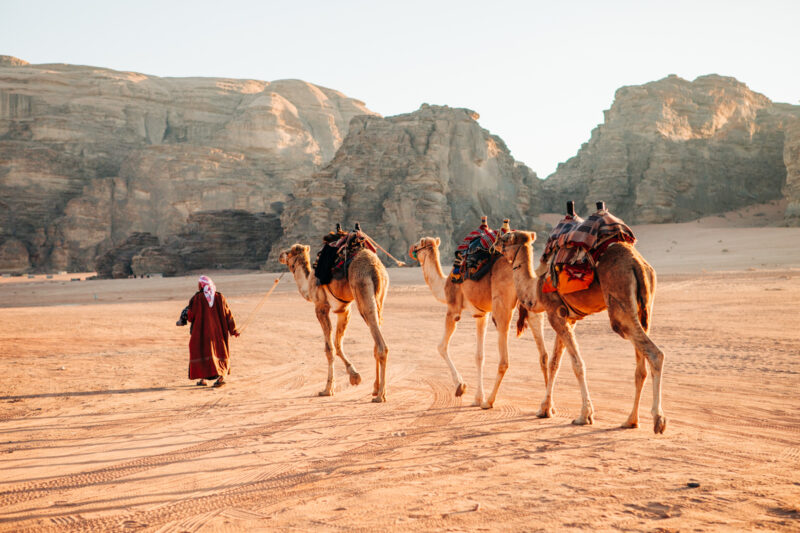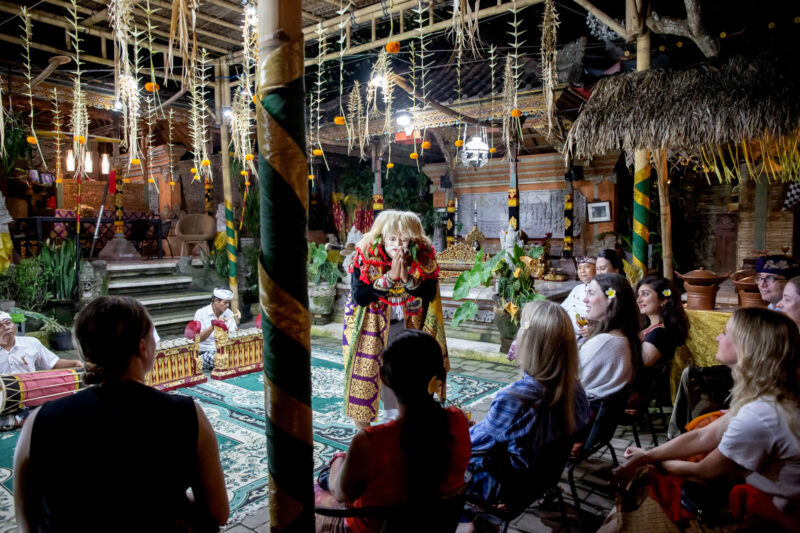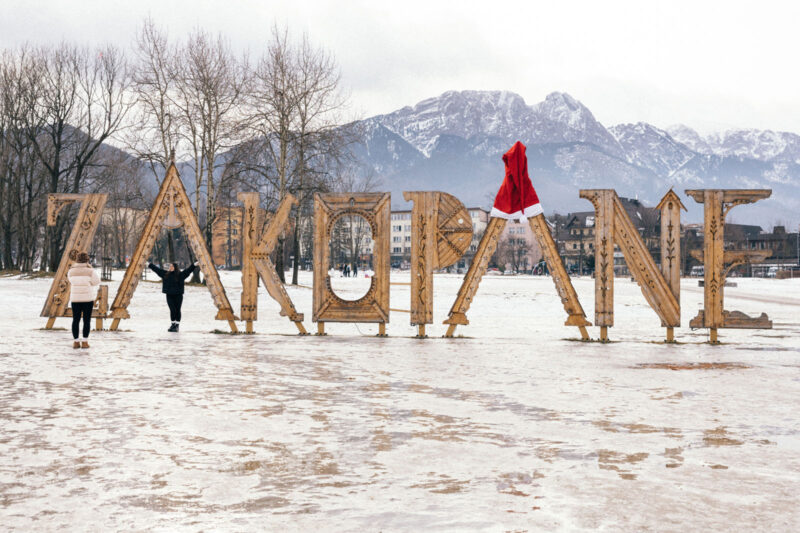A journey through South America’s lost Islamic history

Football, tacos and a Copacabana cathedral have all been influenced by Muslim culture, as travel writer Shafik Meghji discovered while researching his new book on the continent
High in the Andes, 3,812m above sea level and spanning an area the size of North Yorkshire, Lake Titicaca is one of the few places on the planet where you can suffer sea sickness and altitude sickness at the same time. Straddling the Peruvian-Bolivian border, the world’s largest high-altitude lake is home to Isla del Sol – once a major pilgrimage site revered as the birthplace of the Sun, the Moon and the Inca dynasty – and the artificial reed islands of the Uros people.
On the eastern shore, the Bolivian town of Copacabana is centred around a stately basilica. The shimmering beacon houses a simple wooden statue of an Indigenous woman in gold-flecked robes, Our Lady of Copacabana (whose image inspired the name of Rio de Janeiro’s beachfront neighbourhood). On weekends, a stream of cars, motorbikes and trucks queue up outside to be blessed in a ritual known as ch’alla that blends Catholic and Andean beliefs.
There’s also an unlikely Islamic link. The basilica is often referred to as the Moorish Cathedral because of its mudéjar-style whitewashed walls, towers and domes, and distinctive blue ceramic azulejo tiles, the origins of which lie in the craft traditions of Al-Andalus, the area of the Iberian peninsula that was ruled by Muslims between 711 and 1492.

Over the past decade, I’ve travelled across South America – from the Atacama desert to Tierra del Fuego, South Georgia to Easter Island – in search of lost British history for my new book, Small Earthquakes. In the process, I’ve stumbled upon a host of unexpected Islamic, Middle Eastern and South Asian connections, with the architecture of the Basilica of Our Lady of Copacabana just one of many reminders of a history that is often overlooked.
The links date from the early days of European colonisation. Despite initial attempts by the Spanish and Portuguese crowns to restrict emigration to long-standing Christians, Moriscos – Iberian Muslims forcibly converted to Catholicism, some of whom continued to practise their former faith – travelled clandestinely as sailors and soldiers, traders and settlers. According to some estimates, as many as a third of enslaved Africans brought to the Americas were also Muslim. The Malê Rebellion, one of the most significant uprisings by enslaved people in Brazil, was launched by Muslims in the state of Bahia during Ramadan in 1835.
Meanwhile, between 1838 and 1917, around 240,000 indentured workers from what are now India, Pakistan and Bangladesh were brought to Guyana, formerly British Guiana, to fill labour shortages on sugar plantations following the end of slavery within the British Empire. Today, roughly 40% of people in Guyana have South Asian heritage and Islam is the third most popular religion.

From the mid-19th to mid-20th centuries, political and economic crises and ethnic and religious persecution in Europe, Russia and the Middle East also prompted millions to emigrate to the Americas. While the majority headed to the US, huge numbers travelled to South America, with Argentina alone attracting an estimated 6.6m. The descendants of Middle Eastern migrants went on to become everything from political leaders – such as Carlos Menem, president of Argentina between 1989 and 1999 – to World Cup-winning footballers, notably Brazil’s Mário Zagallo, one of only three men to have the won the tournament as both a player and a manager.
The Hotel de los Inmigrantes, a hulking, sand-coloured building overlooking the River Plate in Buenos Aires, provides an insight into this period. Between 1911 and 1953, more than a million people from across the globe passed through this state-funded institution, which provided temporary lodging, meals, training and help to find work.
On the fringes of Puerto Madero, a glitzy, high-rise zone developed in the 1990s to replace obsolete docks and warehouses, it is now the national immigration museum. There is currently a fascinating exhibition – viewable via a virtual tour – exploring the stories of migrants from Islamic, Jewish and Christian backgrounds who left the Ottoman Empire to start new lives in Argentina.
A short drive north-west, the upmarket Palermo neighbourhood is home to the King Fahd Mosque and Islamic Cultural Centre. Opened in 2000 on a site donated by president Menem, the son of Syrian immigrants, and funded by the Saudi government, it is the continent’s biggest mosque, with space for 2,000 worshippers. Free guided tours are on offer.
Across the Andes, Chile has the largest Palestinian diaspora outside the Middle East. An estimated 500,000 strong, it arrived in several waves: during the late 19th and early 20th centuries as the Ottoman Empire declined and collapsed, and from 1948 onwards, after the formation of the state of Israel and the Nakba. Palestinian-Chileans have become mayors, senators and presidential candidates, not to mention lawyers, business owners, singers and directors.
But perhaps the most visible sign is on the football pitch. Founded in 1920, based in the capital Santiago and wearing shirts that echo the colours of the Palestinian flag, Club Deportivo Palestino have twice won the Primera División title. Their motto: “More than a team, a whole people.”

Islam, the Middle East and South Asia have also imprinted themselves on the language and food of Latin America. Some linguists, for example, believe gaucho, the term for cowboys in Argentina and Uruguay, derives from chaucho, Arabic for cattle herder. Guyana’s diverse cuisine blends Indian, African, Indigenous and European influences, while Mexico’s emblematic al pastor tacos originated in the shawarma brought over by Middle Eastern migrants in the early 20th century.
Less well known are the Arabic connections to the alfajor. A pair of biscuits sandwiching a layer of dulce de leche and typically bathed in chocolate, dusted with sugar or covered with desiccated coconut, they are popular across Latin America, but have a particular cultural resonance in Argentina, where around a billion are consumed annually. The most famous brand is Havanna, whose cafes and products are found across the country.
This quintessentially Argentine treat – which ranks alongside steak, Malbec and yerba mate (a caffeine-rich herbal tea) among the country’s culinary icons – has its roots in an 8th-century Arabic biscuit featuring syrup, nuts and cinnamon that arrived in Spain during the Moorish conquest. Local versions developed and travelled to Latin America in the 16th century, where the hybridisation continued.

Although some believe the name alfajor derives from the Arabic al-fakher, meaning luxurious, others argue it comes from the old Arabic al-huasu, meaning stuffed or filled – words that also describe South America’s array of unexpected Islamic, Middle Eastern and South Asian connections.
Shafik Meghji’s new book, Small Earthquakes: A Journey Through Lost British History in South America, will be published on 24 July by Hurst.
 Newsletter
Newsletter







